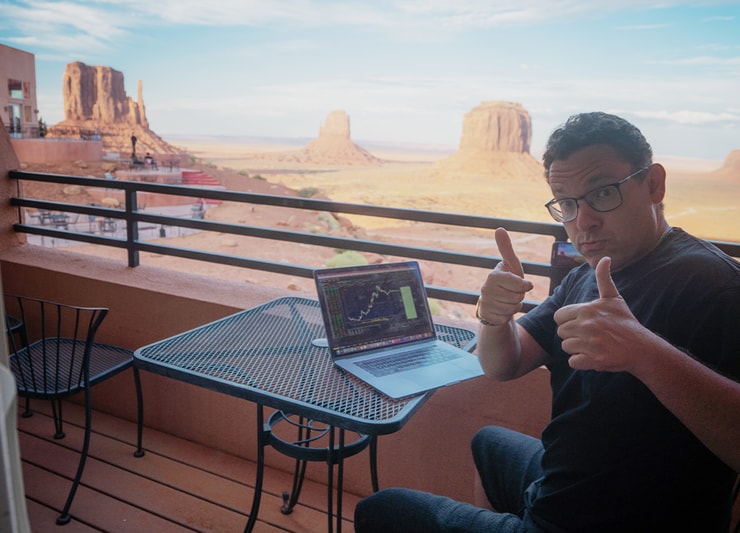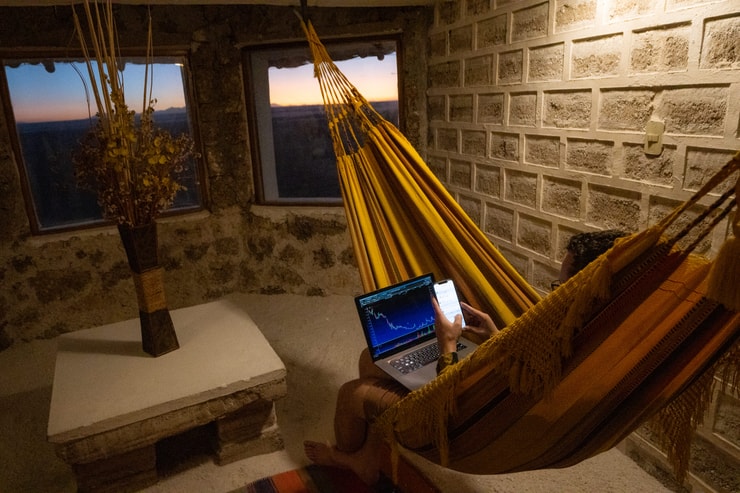There are profit opportunities right at our fingertips.
Everyone tries to overcomplicate this process. They say things like:
- “You need a finance degree to profit in the market.”
- “You need to be a math wiz.”
- “You need insider information.”
It’s all BULL CRAP.
On Friday, Corbus Pharmaceuticals Holdings Inc. (NASDAQ: CRBP) launched 370% after the company announced bullish data from its first human trial for an upcoming cancer drug.
All of the details are below:

I got the alert at 8:35 A.M. Eastern.
Look what happened after:
159% GAIN off of $CRBP 🔥
Did y'all catch a piece of this move?
Get the Next Alert 🚨 https://t.co/YaHBqQyPgn #daytrading #StockMarket pic.twitter.com/COo7UVZg7v
— StocksToTrade (@StocksToTrade) January 26, 2024
And here’s the reality:
- I’m not a ‘finance bro’. I graduated with a degree in philosophy.
- I’m not a math wiz.
- This stock information is publicly available.
A few decades ago, Wall Street had the upper hand.
But thanks to the internet and technological advances, every few years this process becomes easier for new traders to grasp.
I’ve made over $7.5 million in trading profits over my career. I’ve also helped over 30 students reach the $1 million milestone. This can be your reality.
Watch my newest video for the truth about this niche.
But I have to warn you: It’s not all sunshine and rainbows …
Anything that’s worth having never came easy. I can show you the process for profitable trading. It’s up to you to put in the work.
Let’s start with this week’s biggest trade opportunities.
The Best Setups

We’re only interested in certain stocks.
Now, you may have heard me mention these factors recently: That’s because patterns can repeat in the stock market.
The same kinds of stocks are spiking over and over again. Pay attention!
- Biotech stocks.
- This sector was red hot in 2023. And thus far, 2024 is right on track. $CRBP is a biotech stock.
- A share price below $5.
- Smaller share prices allow for larger percent gains. For small-account traders, big percent gains are important.
- Volume above 1 million shares.
- We need enough liquidity to get in and out. At least 1 million shares traded is a good benchmark.
- A float below 10 million shares.
- A low float means the share supply is low. A low supply helps prices spike higher when demand increases.
- With hot news.
- Something that adds value. The news needs to make the price spike.
- Spiking 20% on the day.
- If the stock spikes 20%, it can spike higher.
- With a history of spiking.
- Past spikers can spike again.
Now, I have to mention, this is an inexact science.
For example: $CRBP was trading at $8 before the 370% spike on Friday. That’s a little above my $5 constraint.
This is an inexact science. There’s wiggle room.
I’m looking for stocks that closely match this framework. All week long. And you should as well.
But I understand if you feel overwhelmed. There are a lot of factors on that checklist.
As I said earlier, thanks to technology, there’s an easier way to find these runners.
News Alerts

Above all things, a stock spike needs a catalyst.
Just like a rocket needs fuel.
All of the other factors are important: Price, volume, float, etc. But ultimately the catalyst is what makes the stock spike.
That’s what I focus on when I’m looking for the next big runner.
Remember the alert that I got for $CRBP: That’s exactly what I’m talking about.
Use this technology to improve your trading!
And get ready for this week’s runners. The market is ON FIRE!


Leave a reply